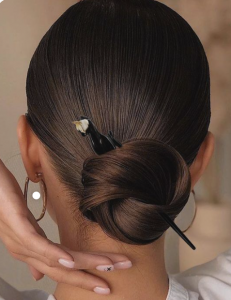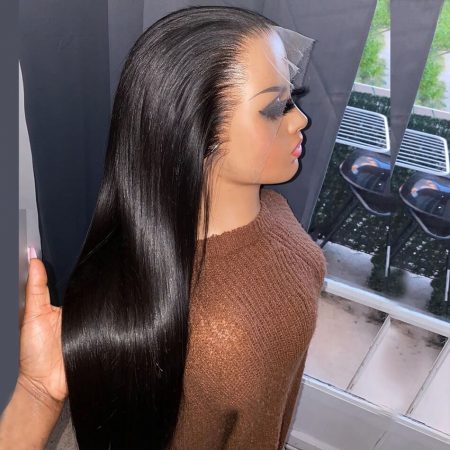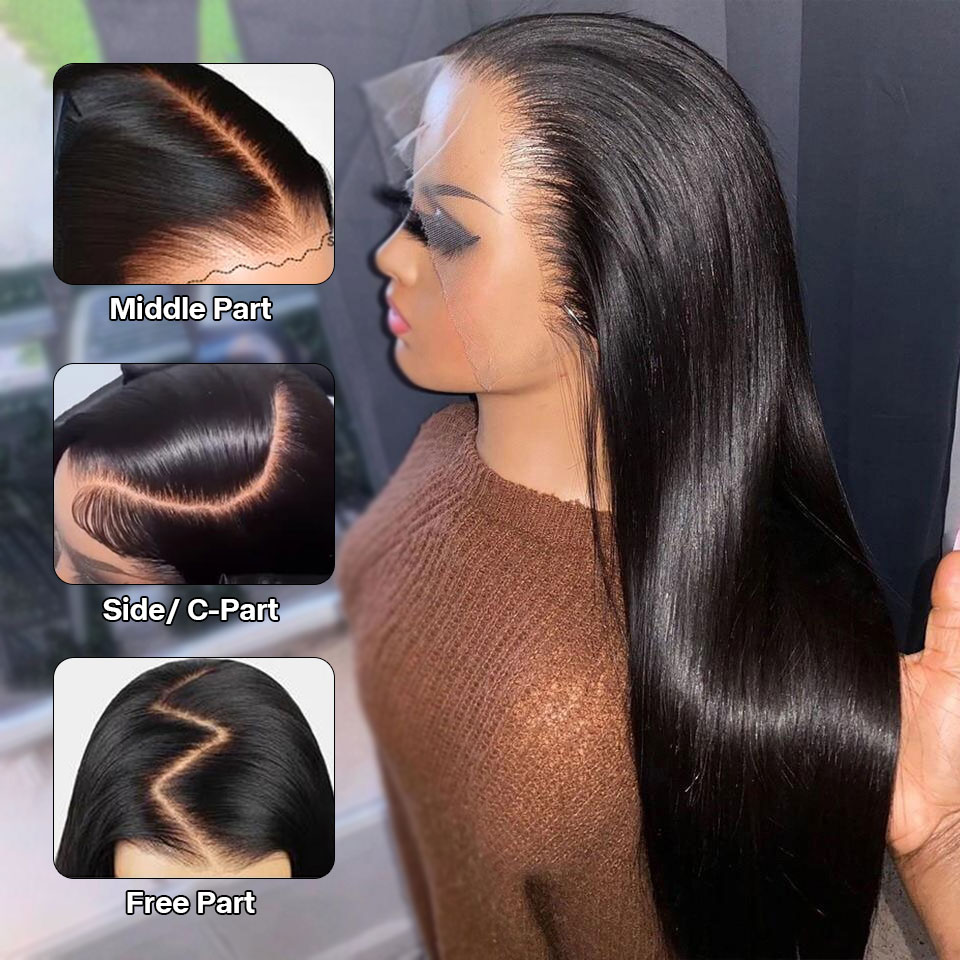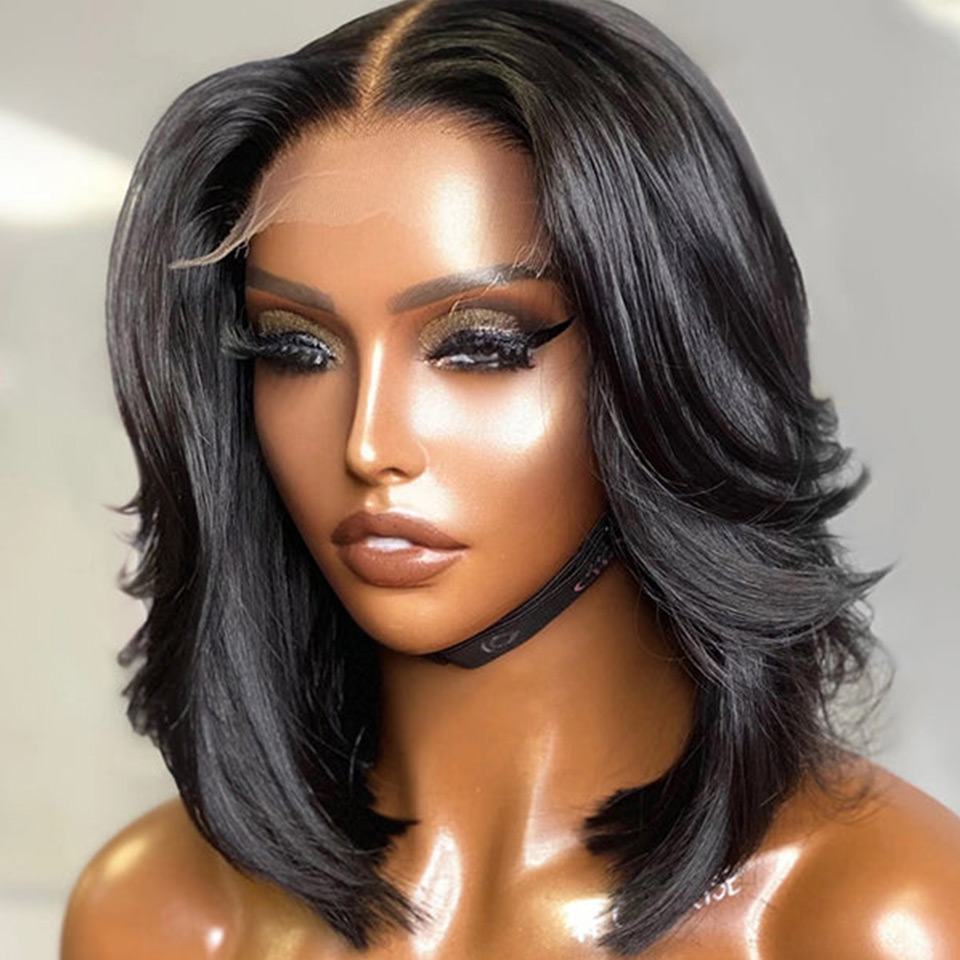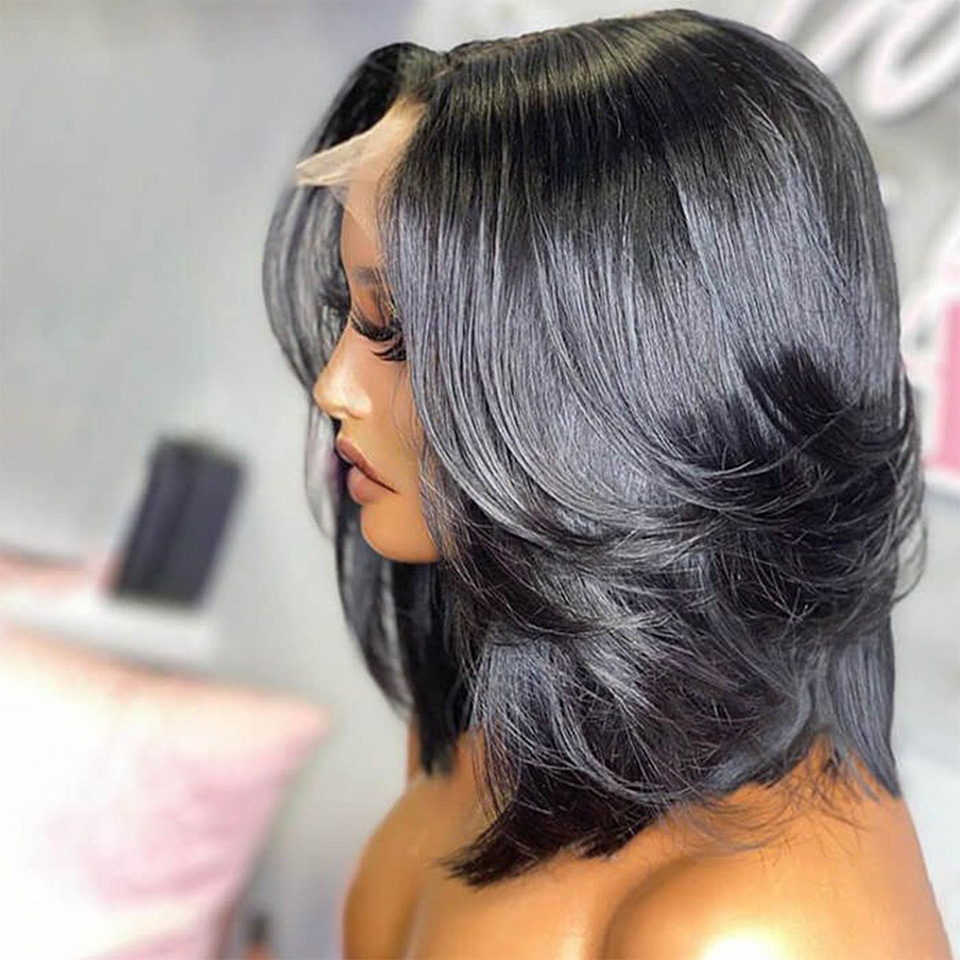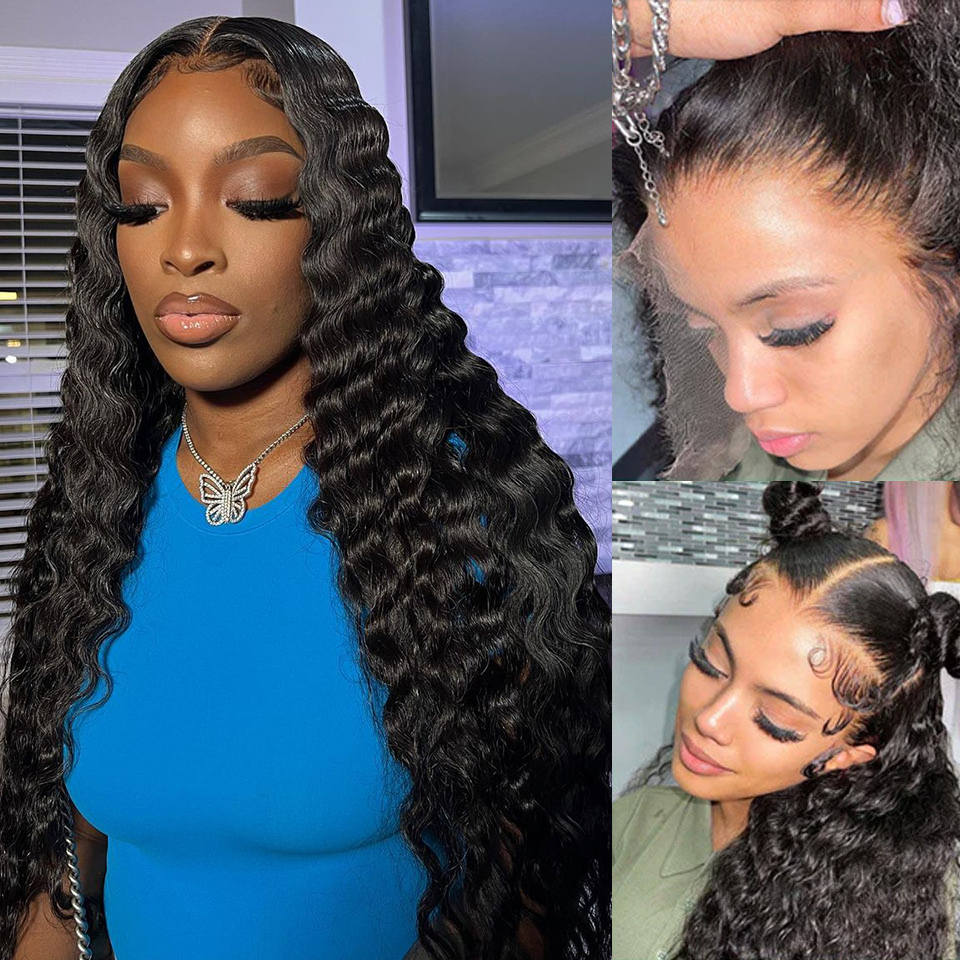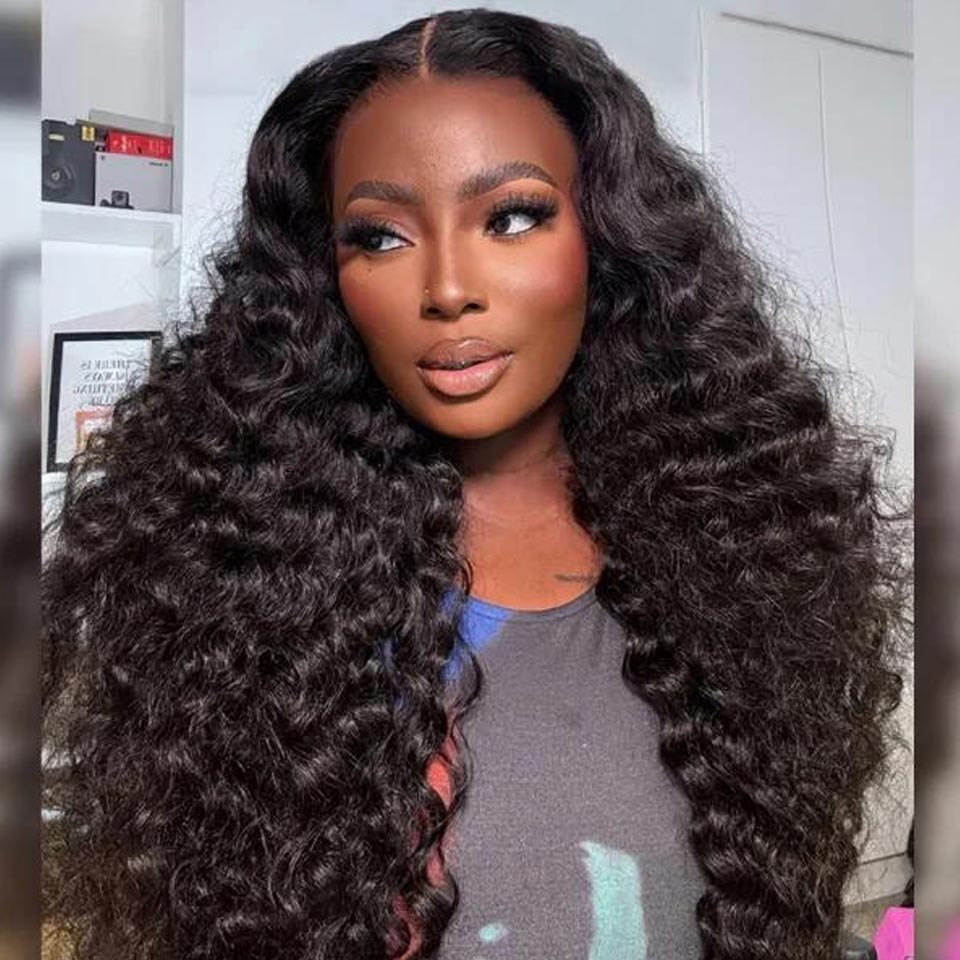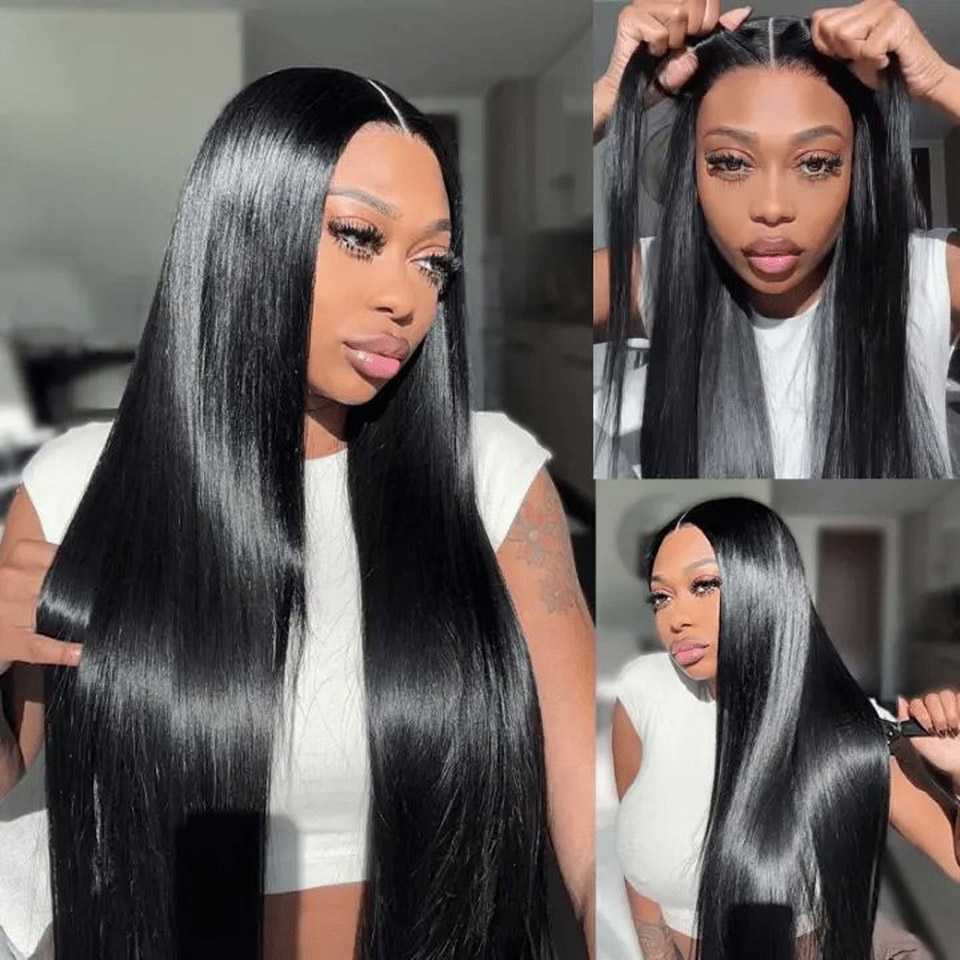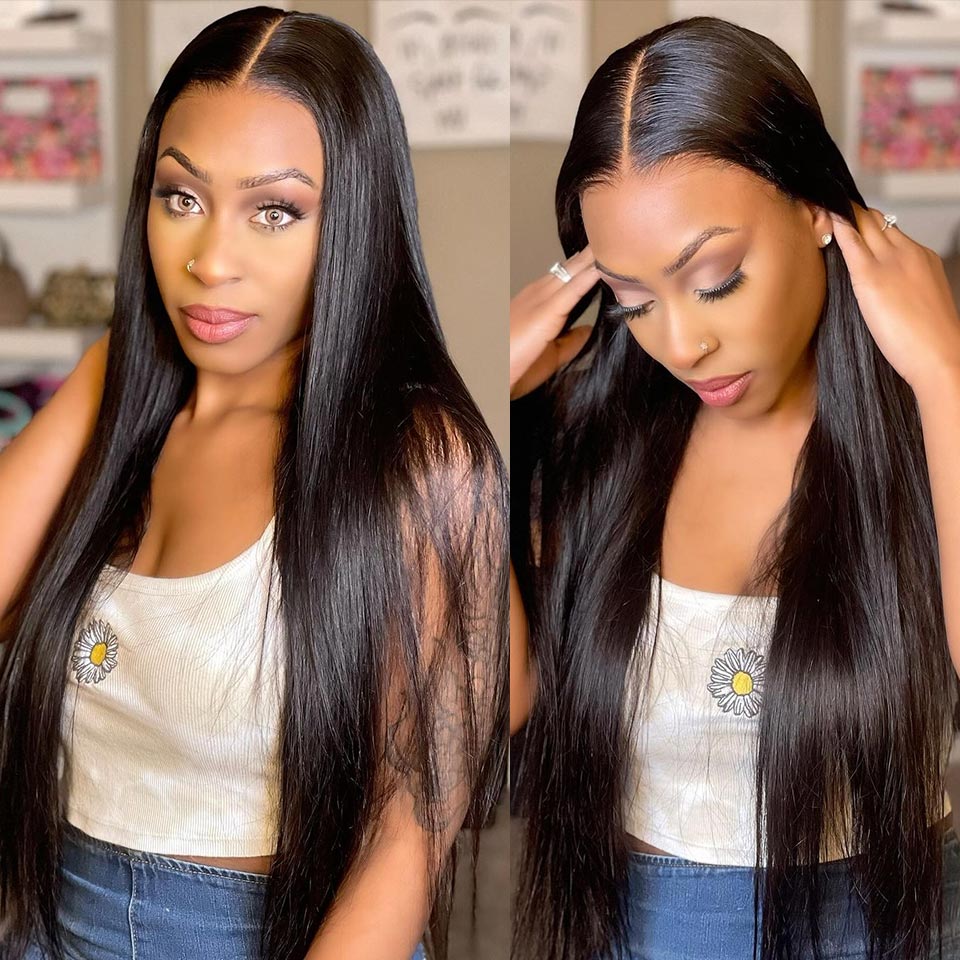The beauty of wigs lies in their versatility, enabling us to effortlessly transform our hairstyles and appearances. Among the plethora of wig options available, 613 wigs have gained popularity due to their blonde shade, which acts as a perfect base for various color transformations. If you’re looking to turn your 613 wig into a stunning ash blonde masterpiece, you’ve come to the right place! In this comprehensive guide, we will walk you through the step-by-step process of dyeing a 613 wig ash blonde, ensuring a flawless and professional-looking result.
Understanding 613 Wigs and Ash Blonde.
Before diving into the dyeing process, it’s essential to grasp the characteristics of 613 wigs and the ash blonde color. This knowledge will help you make informed decisions and achieve the best results during the dyeing journey.
613 Wigs:
The term “613” refers to a specific shade of blonde hair color. In the world of wigs, a 613 wig is a blonde wig crafted from hair that has been pre-lightened or bleached to achieve a light, almost platinum blonde shade. This color is highly sought after as it provides an excellent base for various color transformations, including ash blonde.
613 wigs offer several advantages:
a. Versatility: The light color of 613 wigs allows for easy color customization. You can dye them into a wide range of shades without the need for extensive bleaching.
b. Trendy and Fashionable: Blonde shades, especially light ones like 613, are considered stylish and timeless, making them popular choices for wig wearers.
c. Seamless Blending: The light color of 613 wigs allows them to blend effortlessly with various skin tones, making them suitable for a diverse range of wearers.
d. Ideal for Bold Colors: If you’re planning to experiment with vibrant and pastel shades, a 613 wig provides the perfect canvas to achieve these colors.
However, it’s important to consider some factors before dyeing a 613 wig:
a. Wig Quality: Ensure you are working with a high-quality 613 wig, as the dyeing process can be more challenging on lower-quality wigs.
b. Wig Material: Synthetic and human hair wigs have different properties and require different dyeing techniques. Verify whether your wig is made from synthetic fibers or natural human hair before proceeding.
c. Potential Damage: The lightening process used to create 613 wigs can cause some damage to the hair fibers. It’s essential to take extra care during the dyeing process to minimize further damage.
Ash Blonde Color:
Ash blonde is a beautiful and sophisticated hair color with cool, ashy undertones. Unlike traditional blonde shades, which often lean towards warm, golden tones, ash blonde has a slightly cooler hue, resembling a mix of blonde and gray shades. Achieving the perfect ash blonde color on a 613 wig requires careful consideration of the dyeing process.

Advantages of Ash Blonde:
a. Modern and Chic: Ash blonde is a contemporary color choice that complements various skin tones, making it a favorite among fashion-forward individuals.
b. Reduces Brassiness: Ash blonde tones help neutralize unwanted warm or brassy undertones that may arise during the dyeing process.
c. Low Maintenance: The cool undertones of ash blonde can be forgiving on regrowth, meaning less frequent touch-ups may be required.
Things to Consider:
a. Pre-existing Color: The starting color of your 613 wig may affect the final ash blonde result. If your wig has any previous dye or product buildup, it’s essential to address it before dyeing to achieve the desired ash blonde shade.
b. Patience: Achieving the perfect ash blonde color may take time and multiple dyeing sessions, especially if your wig has a darker starting color.
Preparing Your Wig for Dyeing.
Properly preparing your 613 wig before dyeing is crucial for achieving the best possible results. This step ensures that the wig is clean, free from tangles, and ready to absorb the dye evenly. Here’s a step-by-step guide on how to prepare your wig for dyeing:
Detangling the Wig:
Before washing the wig, gently detangle the hair to remove any knots or snarls. Start from the tips of the hair and work your way up towards the roots using a wide-tooth comb or a wig brush specifically designed for detangling wigs. Be patient and gentle to avoid damaging the hair fibers.
Washing the Wig:
To ensure the dye adheres properly, the wig must be clean and free from any oils, product buildup, or residue. Follow these steps to wash the wig:
a. Fill a basin or sink with lukewarm water. Avoid using hot water, as it may damage the wig fibers.
b. Add a small amount of mild shampoo specifically formulated for wigs or color-treated hair to the water. Avoid shampoos with sulfates, as they can strip the wig’s color.
c. Submerge the wig in the water and gently swish it around. Avoid rubbing or wringing the hair, as this can cause tangling.
d. Rinse the wig thoroughly with clean water until all the shampoo is removed.
e. Apply a wig conditioner to the hair, focusing on the mid-lengths to ends. Let it sit for a few minutes to soften the hair.
f. Rinse the conditioner out completely with cool water.
Pat Dry the Wig:
After washing, gently pat dry the wig with a clean, soft towel. Avoid rubbing the hair, as this can lead to frizz and tangles.
Air Dry the Wig:
Place the wig on a wig stand or a mannequin head to air dry. Avoid using a hairdryer, as excessive heat can damage the wig fibers. Allow the wig to air dry completely before proceeding to the dyeing process.
Strand Testing:
Before applying the dye to the entire wig, it’s essential to perform a strand test. Take a small section of hair from the back or underneath the wig, apply the dye, and process it according to the dye manufacturer’s instructions. This test will help you determine the processing time needed to achieve your desired ash blonde shade and allow you to preview the color result.
Protecting the Wig Cap:
If your wig has a lace or monofilament cap, it’s crucial to protect it during the dyeing process. You can use a plastic wrap or a plastic bag to cover the cap, ensuring the dye doesn’t come into contact with it. This step is particularly important if you’re dyeing a human hair wig, as the dye can potentially discolor the wig cap material.
Choosing the Right Dye and Developer.
Selecting the appropriate dye and developer for dyeing your 613 wig ash blonde is crucial for achieving the desired color while maintaining the hair’s health. Here’s a step-by-step guide to help you make the right choices:
Choose a High-Quality Hair Dye:
When dyeing your wig ash blonde, it’s essential to invest in a high-quality hair dye specifically designed for use on human hair. There are two main types of hair dyes to consider:
a. Permanent Hair Dye: This type of hair dye provides long-lasting color and is ideal for achieving a vibrant and consistent ash blonde shade. Permanent dyes use oxidative chemistry to penetrate the hair shaft and alter its natural color permanently.
b. Demi-Permanent or Semi-Permanent Hair Dye: If you prefer a less permanent color change or want to experiment with ash blonde without full commitment, you can opt for a demi-permanent or semi-permanent hair dye. These dyes don’t penetrate the hair shaft as deeply as permanent dyes, making them less damaging and allowing the color to gradually fade over time.
Consider the Ash Blonde Shade:
Ash blonde comes in various shades, ranging from light ash blonde to dark ash blonde. Determine the exact ash blonde shade you want to achieve, and choose a hair dye that closely matches your desired color. Pay attention to the shade number or name on the dye packaging, as it will indicate whether the dye has cooler, ashy undertones.
Check the Developer Strength:
The developer is a crucial component of the hair dyeing process, as it helps activate the dye’s color molecules and opens the hair cuticles to allow color penetration. The strength of the developer is usually indicated by its volume, which ranges from 10 to 40 volumes. Here’s a general guideline for choosing the right developer strength:
a. 10 Volume Developer: Use this developer if you’re dyeing your wig a darker shade or if you only need to deposit color without lifting the natural color of the hair.
b. 20 Volume Developer: This developer is commonly used for standard permanent color application and is suitable for most ash blonde transformations on 613 wigs.
c. 30 or 40 Volume Developer: These higher-strength developers are typically used for more significant color lifts. However, they can be more damaging to the hair, so they should be used cautiously, especially if your wig is already light.
Perform a Strand Test:
Before applying the dye to the entire wig, it’s essential to perform a strand test to see how the dye interacts with the hair and to determine the processing time needed to achieve your desired ash blonde shade. Follow the instructions on the dye packaging and perform the test on a small section of hair from the wig.
Quantity of Dye:
Ensure you have enough hair dye to cover your entire wig. The amount of dye required depends on the length and thickness of the wig. Check the dye packaging for guidance on how much product is needed for various hair lengths.
Necessary Equipment and Supplies.
To successfully dye your 613 wig ash blonde, you’ll need a variety of equipment and supplies to ensure a smooth and effective process. Here’s a comprehensive list of the necessary items you’ll need:
High-Quality Hair Dye: Choose a reputable hair dye specifically designed for use on human hair and formulated to achieve the ash blonde shade you desire.
Developer: Select the appropriate developer strength (10 to 40 volumes) based on your hair dye and the level of lift required for your wig.
Plastic or Glass Mixing Bowl: Use a non-metallic bowl for mixing the hair dye and developer. Metal bowls can react with the chemicals and affect the dye’s effectiveness.
Tint Brush or Applicator Bottle: A tint brush is ideal for precise and even application of the hair dye. Alternatively, you can use an applicator bottle for easier distribution.
Sectioning Clips: These clips help divide your wig into manageable sections during the dyeing process.
Plastic Gloves: Protect your hands from staining and chemical exposure by wearing disposable plastic gloves.
Protective Cape or Towel: To prevent staining your clothes, use a hairdressing cape or wrap a towel around your shoulders.
Plastic Wrap or Shower Cap: After applying the dye, cover the wig with plastic wrap or a shower cap to trap heat and assist with the processing.
Old Towels or Paper Towels: Place these on your work surface to catch any drips or spills during the dyeing process.
Timer: Ensure you have a timer or a clock with an alarm to keep track of the processing time.
Shampoo and Conditioner: Prepare color-safe and sulfate-free shampoo and conditioner to wash and nourish the wig after the dyeing process.
Wig Stand or Mannequin Head: Use a wig stand or mannequin head to hold the wig in place while you work.
Wide-Tooth Comb or Wig Brush: To detangle the wig before dyeing and during the rinsing process.
Color-Safe Towels: Have color-safe towels on hand to gently pat and dry the wig after rinsing.
Toning Shampoo and Conditioner (optional): Consider using a toning shampoo and conditioner formulated for blonde or ash-colored hair to maintain the ash blonde shade and reduce brassiness.
Plastic Bags (optional): Use plastic bags to protect the wig cap if your wig has a lace or monofilament cap.

Bleaching Your 613 Wig.
Bleaching a 613 wig is a crucial step in the process of dyeing it ash blonde. Since 613 wigs are already pre-lightened to a light blonde shade, bleaching helps further lift any remaining pigment and create a clean canvas for the ash blonde dye. However, it’s important to approach the bleaching process with caution to minimize damage to the wig’s hair fibers. Here’s a step-by-step guide on how to bleach your 613 wig safely:
Note: Before proceeding with the bleaching process, ensure you have all the necessary equipment and supplies ready, as mentioned in the previous section.
– Detangle the wig gently using a wide-tooth comb.
– Mix bleach powder with the appropriate developer in a non-metallic bowl.
– Apply the bleach to the wig, starting from the bottom and working upwards.
– Monitor the processing time closely to avoid over-bleaching.
– Rinse the wig thoroughly with cool water until the bleach is removed.
– Shampoo and condition the wig to restore moisture.
– Allow the wig to air dry completely before proceeding to dyeing.
Applying the Ash Blonde Dye.
Applying the ash blonde dye is a critical step in transforming your 613 wig into the desired color. Following proper application techniques ensures even color distribution and vibrant results. Here’s a step-by-step guide on how to apply the ash blonde dye to your bleached 613 wig:
Note: Before starting, make sure your wig has been thoroughly bleached, rinsed, and air-dried as explained in the previous sections. Also, have all the necessary equipment and supplies ready.
Step 1: Prepare the Ash Blonde Dye.
Follow the instructions on the ash blonde dye packaging to prepare the dye mixture. Mix the dye with the appropriate developer, as recommended by the dye manufacturer, in a non-metallic mixing bowl. Stir the mixture until it forms a smooth and consistent color.
Step 2: Section the Wig.
Divide your wig into manageable sections using sectioning clips. This will make the dye application process more organized and ensure every part of the wig is evenly coated.
Step 3: Apply the Dye.
Starting from the bottom sections, use a tint brush or an applicator bottle to apply the ash blonde dye to the wig. Work your way up, ensuring all hair strands are saturated with the dye. Be thorough and precise in your application to achieve an even and uniform color.
Step 4: Comb Through the Hair.
After applying the dye to each section, use a wide-tooth comb or a wig brush to comb through the hair. This helps distribute the dye evenly and ensures that there are no tangles or clumps of color.
Step 5: Monitor Processing Time.
Set a timer based on the recommended processing time provided by the dye manufacturer. It’s essential to adhere to the processing time to avoid over-processing or under-processing the hair. Keep in mind that processing time for a 613 wig may differ from natural hair, so follow the dye manufacturer’s guidelines accordingly.
Step 6: Check the Color Progress.
During the processing time, periodically check the color progress. Gently lift a section of the hair and wipe off a small amount of dye with a damp paper towel to see if the desired ash blonde shade has been achieved. If the color is not yet to your liking, continue monitoring until the desired color is reached.
Step 7: Rinse the Wig.
Once the processing time is complete and the desired ash blonde shade is achieved, rinse the wig thoroughly with cool water until the water runs clear. Be gentle while rinsing to avoid tangling the hair.
Step 8: Shampoo and Condition.
Wash the wig with a color-safe and sulfate-free shampoo to remove any excess dye. Follow up with a nourishing conditioner to replenish moisture to the hair and maintain its health.
Step 9: Dry the Wig.
Gently pat the wig with a color-safe towel to remove excess water. Place the wig back on the wig stand or mannequin head to air dry completely.
Troubleshooting Common Issues.
While dyeing a 613 wig ash blonde can be a rewarding process, it may come with some common issues that can be easily addressed with proper troubleshooting. Here are some potential problems you may encounter and how to troubleshoot them:
Uneven Color Distribution:
Issue: The ash blonde color appears uneven, with some areas being lighter or darker than others.
Troubleshooting Tips:
Ensure thorough and even application of the dye: Apply the dye methodically in small sections, making sure all hair strands are evenly coated.
Comb through the hair after applying the dye: This helps distribute the color evenly and prevents patches of uneven color.
Brassy or Yellow Tones:
Issue: Your ash blonde color has a brassy or yellowish appearance.
Troubleshooting Tips:
Use a toning shampoo and conditioner: These products contain purple or blue pigments that neutralize brassy tones, restoring the coolness of the ash blonde color.
Perform a toner or color correction: If the brassiness is significant, consider using a toner or performing a color correction to eliminate unwanted warm tones.
Over-Processed Hair:
Issue: The wig’s hair feels dry, brittle, or damaged after the dyeing process.
Troubleshooting Tips:
Use deep conditioning treatments: Apply a deep conditioning mask to the wig regularly to restore moisture and improve the hair’s condition.
Limit heat styling: Avoid using heat styling tools and opt for heatless hairstyles to reduce further damage to the hair.
Color Too Light or Too Dark:
Issue: The ash blonde color is not the desired shade, either being too light or too dark.
Troubleshooting Tips:
Perform a strand test: Before dyeing the entire wig, always conduct a strand test to determine the processing time needed for your desired shade.
Adjust processing time: If the color is too light, you may have rinsed the dye out too soon. If it’s too dark, you may have left the dye on for too long. Adjust the processing time accordingly for future dyeing attempts.
Fading Color:
Issue: The ash blonde color is fading quickly after dyeing.
Troubleshooting Tips:
Use color-safe hair products: Switch to color-safe shampoo and conditioner to extend the longevity of the ash blonde color.
Limit exposure to harsh elements: Protect the wig from exposure to chlorine, saltwater, and excessive sunlight, as these factors can cause color fading.
Color Not Taking to Synthetic Wig:
Issue: If you have a synthetic 613 wig, the color may not take as expected or at all.
Troubleshooting Tips:
Synthetic wig dyeing limitations: Synthetic fibers do not react well to traditional hair dyes. Instead, look for specific synthetic wig dyes or try using fabric dyes designed for synthetic materials.
Consider replacing the wig: If the color is not taking as desired, it may be more challenging to achieve the ash blonde shade on a synthetic wig. Consider purchasing a new human hair 613 wig for better results.
All in all.
Dyeing a 613 wig ash blonde opens up a world of possibilities, allowing you to create stunning hairstyles that suit your unique preferences. Armed with the knowledge and techniques shared in this guide, you’re now equipped to confidently transform your wig into a gorgeous ash blonde masterpiece. Remember to take your time, be patient, and follow each step carefully to achieve professional-looking results. Happy dyeing!







